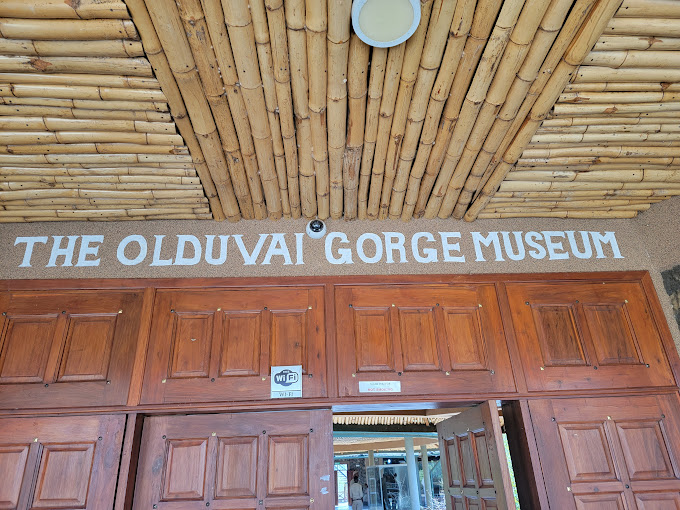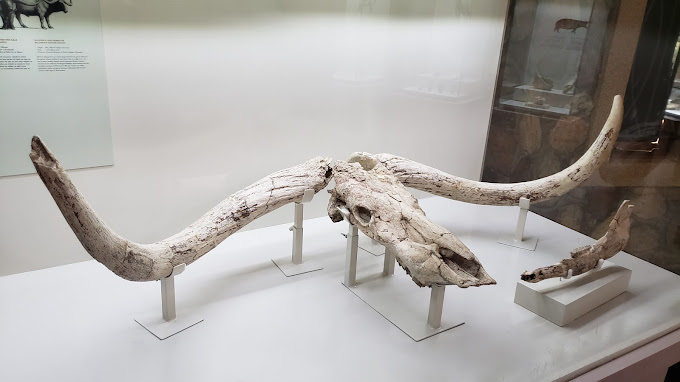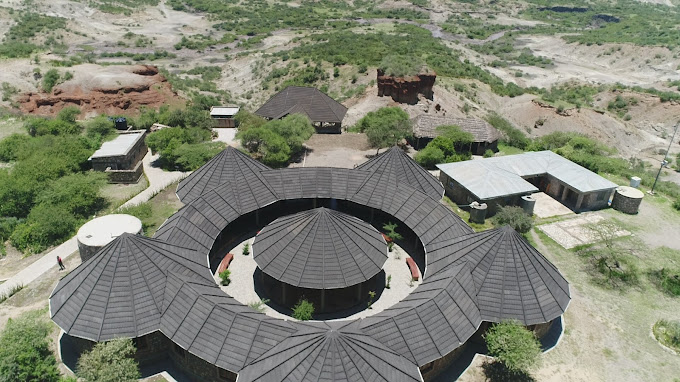Olduvai Gorge: Unveiling the Rich Tapestry of Human History in East Africa
The Olduvai Gorge stands as an unparalleled testament to the depth of human history, nestled in the heart of East Africa, and revered as a global archaeological treasure. In 1979, this hallowed ground achieved the prestigious UNESCO World Heritage Site status, affirming its pivotal role in unraveling the mysteries of our past.
Long before the formation of the gorge, the region was a captivating low-lying expanse, intermittently embraced by the vast saline waters of Lake Olduvai. This ancient lake bore witness to an astonishing chapter in the human story, spanning roughly three million years. Its shores were graced by the presence of our earliest hominid ancestors, who lived in harmony with the untamed East African landscape.
The annals of history, etched in volcanic ash and pumice, tell a compelling tale. Majestic volcanic eruptions from the Ngorongoro Volcanic Highlands, stretching to the south and east of East Africa, bestowed the area with immense deposits of volcanic ash and pyroclastic material, rendering it a crucible of natural history. These volcanic eruptions, with their fiery spectacles, left behind a rich legacy.
Around 30,000 years ago, the East African Rift orchestrated a dramatic geological transformation, giving rise to the Olduvai Gorge. This geological wonder was born out of the tumultuous tectonic shifts, which in turn led to the creation of the Olbalbal Depression to the east. This profound shift in the Earth’s crust allowed a meandering river system originating from Lake Ndutu in the west to relentlessly carve through the stratified layers of volcanic ash and pumice, carving out the iconic gorge we revere today.
At its zenith, the Olduvai Gorge plunges nearly 100 meters (328 feet) into the Earth’s surface. Its rugged walls have become the canvas upon which the intricate tapestry of human ancestry and the evolution of the Serengeti ecosystem are vividly painted. This is where Mary and Louis Leakey, dedicated and unwavering in their pursuit of knowledge, toiled for over three decades, unearthing the first well-dated fossils and artifacts that shed light on our earliest human ancestors.
Among their remarkable discoveries stands the illustrious Zinjanthropus, the Australopithecus boisei skull, a compelling testament to our evolutionary lineage. The artifacts and remains of Homo habilis, the presumed creator of early stone tools, punctuate the geological layers, dating back 1.6 to 1.8 million years. The remnants of Homo erectus, the larger-bodied and larger-brained hominin, who preceded the dawn of modern humans (Homo sapiens), also grace this storied ground.
Today, select excavation sites are preserved as living monuments for public viewing, offering an opportunity to walk in the footsteps of our ancestors. The pursuit of knowledge persists, with ongoing excavations carried out during the dry seasons under the stewardship of the NCAA Cultural Heritage Department. The Olduvai Gorge welcomes visitors year-round, with the caveat that official guides are essential for those who wish to explore the active excavation sites. Here, in the depths of this gorge, the enigmatic narrative of our origins continues to be unearthed, piece by ancient piece, in the heart of East Africa.


